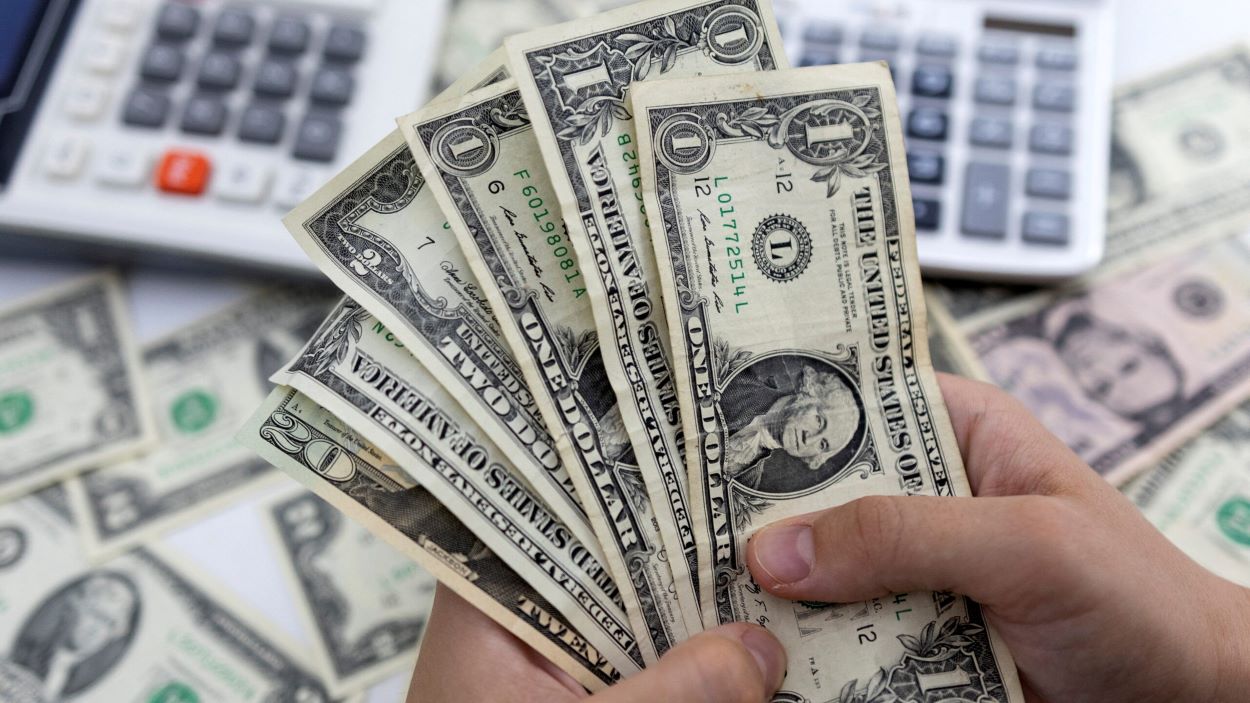Banks are seeing a dollar surplus, prompted by exporters quickly offloading their earnings in anticipation of a further fall in the currency’s value.
This influx, particularly noted by banks with a strong exporter base, impacts the exchange rate.
“Atif Ahmed, a dealer, highlighted risks of a steeper dollar decline, potentially harming exporters,” noting the trend’s effect on currency value.
The rupee has appreciated against the dollar, which ended at Rs277.93 recently, reflecting a Rs3 drop over three months.
State Bank of Pakistan (SBP) reserves have grown for a fourth consecutive week, reaching $8.04bn.
Forward premium rates have halved for six months, indicating diminishing confidence in the dollar. To aid exporters, the government is acting to stabilize the dollar’s value.
By aligning with SBP policy, banks supply dollars for import needs based on future cost expectations, impacting trade dynamics and current account balances. Import restrictions have affected economic growth, as Pakistan relies heavily on imports for domestic and export production.
The country witnessed negative growth last fiscal year and only 1% growth in the recent quarter, with the World Bank projecting a 1.8% growth this fiscal year.
SBP reserves increased by $19m to $8.04 billion, attributed to interbank market dollar purchases. Pakistan’s total reserves stand at $13.38bn.
The SBP anticipates a $1.2bn IMF loan tranche, which will aid in a $1bn Eurobond payment due mid-April.
Remittance inflows, expected to rise during Ramazan, could further support SBP reserves and exchange rates.






